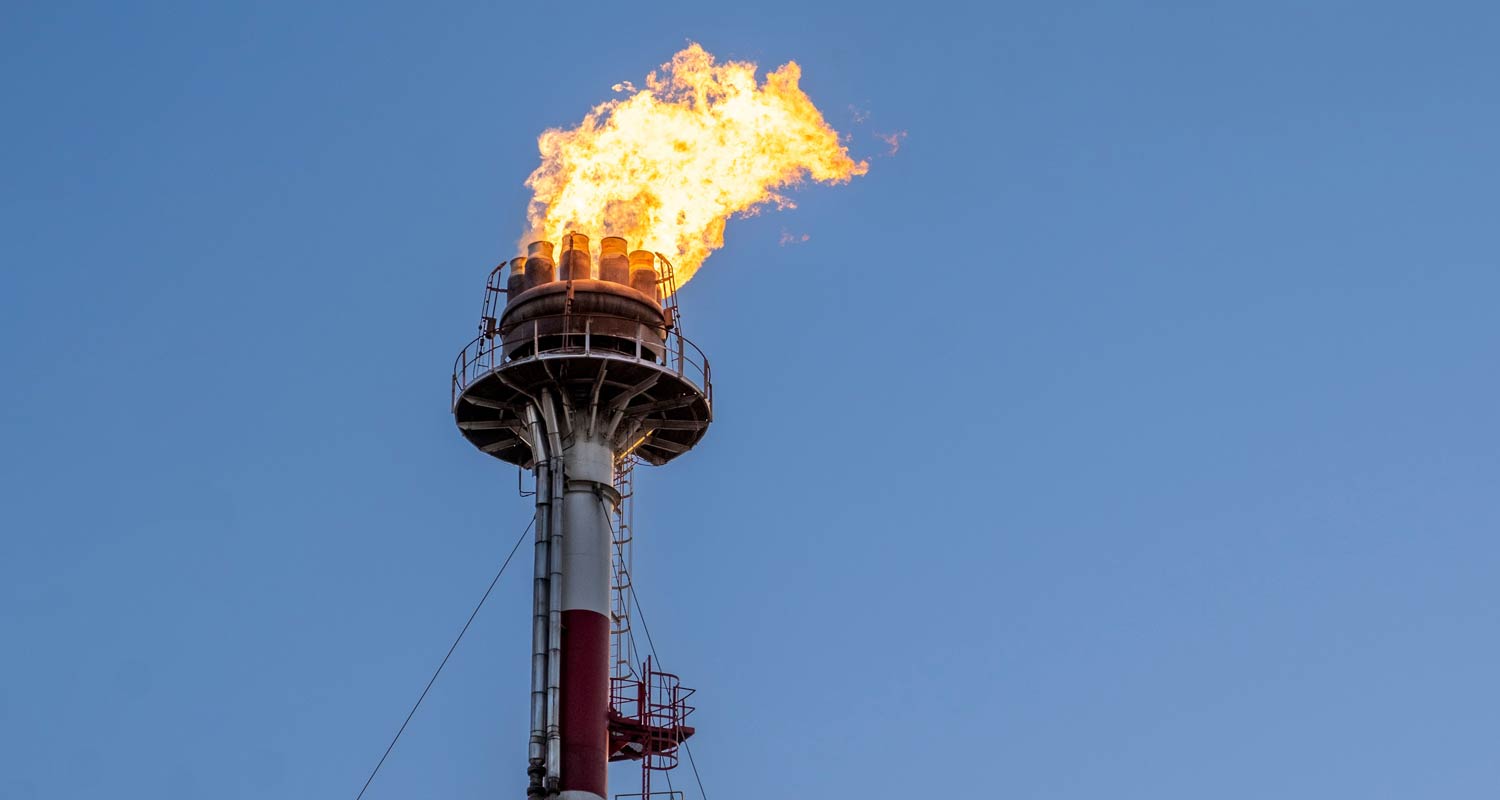 We are facing a new blow to energy availability in our economy, with a cliff in natural gas supply just over two years away. Many industries rely on gas as an energy source, from glass making to beverages. The current main source of supply, two gas fields in Mozambique operated by Sasol, will not supply South African clients from mid-2026 since Sasol will fully utilise the remaining gas itself.
We are facing a new blow to energy availability in our economy, with a cliff in natural gas supply just over two years away. Many industries rely on gas as an energy source, from glass making to beverages. The current main source of supply, two gas fields in Mozambique operated by Sasol, will not supply South African clients from mid-2026 since Sasol will fully utilise the remaining gas itself.
As with electricity, there have been warnings for some time that this was coming. But through a combination of policy inaction and an inability to commit to the large-scale investment needed to create alternative infrastructure, we now face an almost inevitable supply interruption. That puts 70 000 jobs at risk that are employed in businesses that rely on gas as a key input, generating R500-billion/year for the economy.
There are possible solutions, but they will require swift action from government and business working in partnership. It takes massive investment to develop new sources of gas and infrastructure to get it to where it is needed, and as it stands the best options still envisage a 12- to 18-month gap between the end of Sasol’s supply and any new supply coming on stream.
There are several potential sources, including major developments in Namibia and Mozambique, and the Brulpadda and Luiperd prospects off the Cape Coast, but we have not begun the investment needed in infrastructure for these sources of supply to be able to reach Gauteng and KwaZulu-Natal where most users are.
Talks on developing Brulpadda and Luiperd have been stuck for some time over whether Petro SA will be an anchor consumer. PetroSA’s Mossgas refinery has been sitting idle for four years since its last gas supply source was exhausted. For TotalEnergies to commit to the huge investment needed to bring those resources on stream, it needs to secure agreements with large-scale buyers. Even if it does, it will take until 2030 for the project to start supplying gas.
Massive effort
What’s needed is a massive coordination effort. Potential users of gas, both public and private sector, from industry to electricity production, need to form agreements with potential suppliers and logistics providers to allow the investment to happen. Most important, though, is the role of government in creating an enabling environment for the necessary licensing, particularly the Petroleum Agency of South Africa and the department of mineral resources & energy. It will not be easy – there are complex technical considerations regarding the sources of gas that are most feasible to tap as well as the ways it can be transported. But by coordinating the right expertise, political will and focus on solutions, we can make progress.
Read: Report paints bleak picture of Eskom power stations
We must act now. Business, including potential suppliers and consumers of gas, is ready and willing to partner government to work on solutions. Long-term secure supply is years away and we will need interim measures to fill the gap when the existing supply runs out. We cannot afford to waste another day.
- The author, Busi Mavuso, is CEO of Business Leadership South Africa




